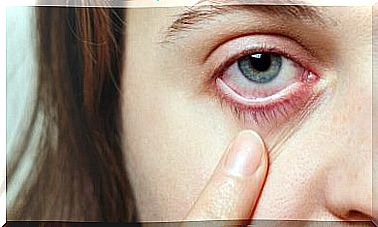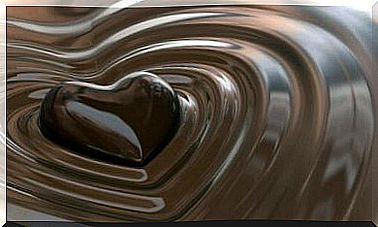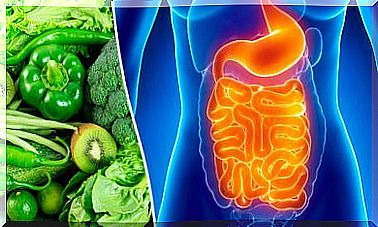GHB Use Disorders
Γ-Hydroxybutyric acid (GHB), misnamed liquid ecstasy among users, is a potent central nervous system (CNS) depressant. This recreational drug, analog of gamma aminobutyric acid (GABA), not particularly well known compared to other narcotic drugs.
GHB appears as a clear liquid. It is usually taken mixed with water or other drinks, which makes it difficult to control its consumption. Furthermore, its effects are unpredictable, and vary greatly from one person to another. The risk of poisoning or overdose is very high. It was classified and introduced as a drug of abuse in Europe in 1994.
The body produces GHB in small amounts naturally, although its neurological function is not yet clear. Although its use is currently limited to some cases of narcolepsy, it was originally used as an anesthetic in medicine.
It is known to be an immediate precursor to the neurotransmitter GABA that regulates wakefulness, physical activity, and sleep. It also interacts with receptors for other neurotransmitters such as opioids, dopaminergics, serotonin, glutamate and cholinergics.
Routes of administration and mechanism of toxicity
GHB generally comes in a liquid, colorless, odorless, and slightly salty form. However, we can also find this drug in powder form.
Although it can be consumed in several ways, the most common form of use is drink. Consumers often mix it with alcohol, and the recreational dose ranges from 1 to 2 grams.
On the other hand, the mechanism of action is complex and includes several pathways. It appears that GHB acts physiologically through the GHB receptor, coupled to the G protein.
Furthermore, when administered exogenously, it acts on other receptors, which explains the depression of the level of consciousness, the main manifestation observed in the event of overdose.
GHB Toxicokinetics
GHB is a short-chain fatty acid that occurs endogenously in mammalian tissues. It is a precursor and metabolite of gamma aminobutyric acid (GABA), the main inhibitory neurotransmitter of the CNS.
GHB is water soluble and is rapidly absorbed from the gastrointestinal tract, as it easily crosses the blood-brain and placental barriers. It reaches a plasma peak 30-60 minutes after being consumed.
Regarding its metabolism, it undergoes biotransformations at the plasma level and in the mitochondria, until it becomes succinic semialdehyde and gamma aminobutyric acid. The latter is finally degraded in the Krebs cycle. Once metabolized, it is eliminated in the urine in a few hours, (approximately 2-5% of the administered dose).
Disorders
Since the effects of GHB are not predictable, it is not possible to guarantee what the consumer response will be. Generally, those who take it seek to obtain exciting effects, although there have been cases in which they occurred, in addition:
- Hallucinations and delusions.
- States of intense euphoria.
- Anesthetic effects and drowsiness.
- Muscle hypotonia.
- Headaches and states of confusion.
In the most severe cases, poisoning can lead to coma with severe respiratory depression, and even death. You can also suffer digestive tract burns because the drug can have a pH that is too acidic depending on how it is synthesized.
The consumption of GHB is contraindicated in people suffering from respiratory or cardiac disorders, in cases of hyperprolactinemia, in epileptic or seizure patients, and in those suffering from Cushing’s Syndrome.
It is worth mentioning that along with flunitrazepam and ketamine, GHB falls under the so-called date rape drugs . This narcotic can be used to incapacitate people, usually by mixing it with alcohol, so that potential rape victims cannot defend themselves.
Tolerance, dependence and withdrawal syndrome

Dependence has been shown among long-term and heavy users, possibly due to regular consumption. Dependence is the compulsive need to use the drug to re-experience its effects or, on other occasions, to avoid the discomfort caused by not taking it.
Among the most marked behaviors of dependent people , a marked alteration of mood stands out. They may suffer episodes of:
- Euphoria.
- Delusions and agitation.
- Crisis of panic.
- Hallucinations
- Depressions that can lead to a stunting of expressiveness on a physical and verbal level.
On the other hand, these patients may also suffer from tolerance and withdrawal syndrome. Tolerance develops when the same dose is given as at the beginning, but it does not have the same effects. To have the same effects, it would be necessary to increase the dose.
Finally, when users suffer a very high degree of addiction and stop taking GHB abruptly, they can suffer a series of physical and mental alterations that are called withdrawal syndrome.
In summary, GHB is a substance that can have adverse effects on people who consume it. That is why it is recommended to avoid its consumption at all costs, and to try to raise awareness about the risks that it may entail.









